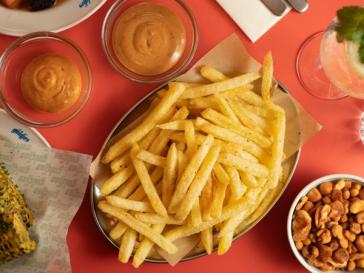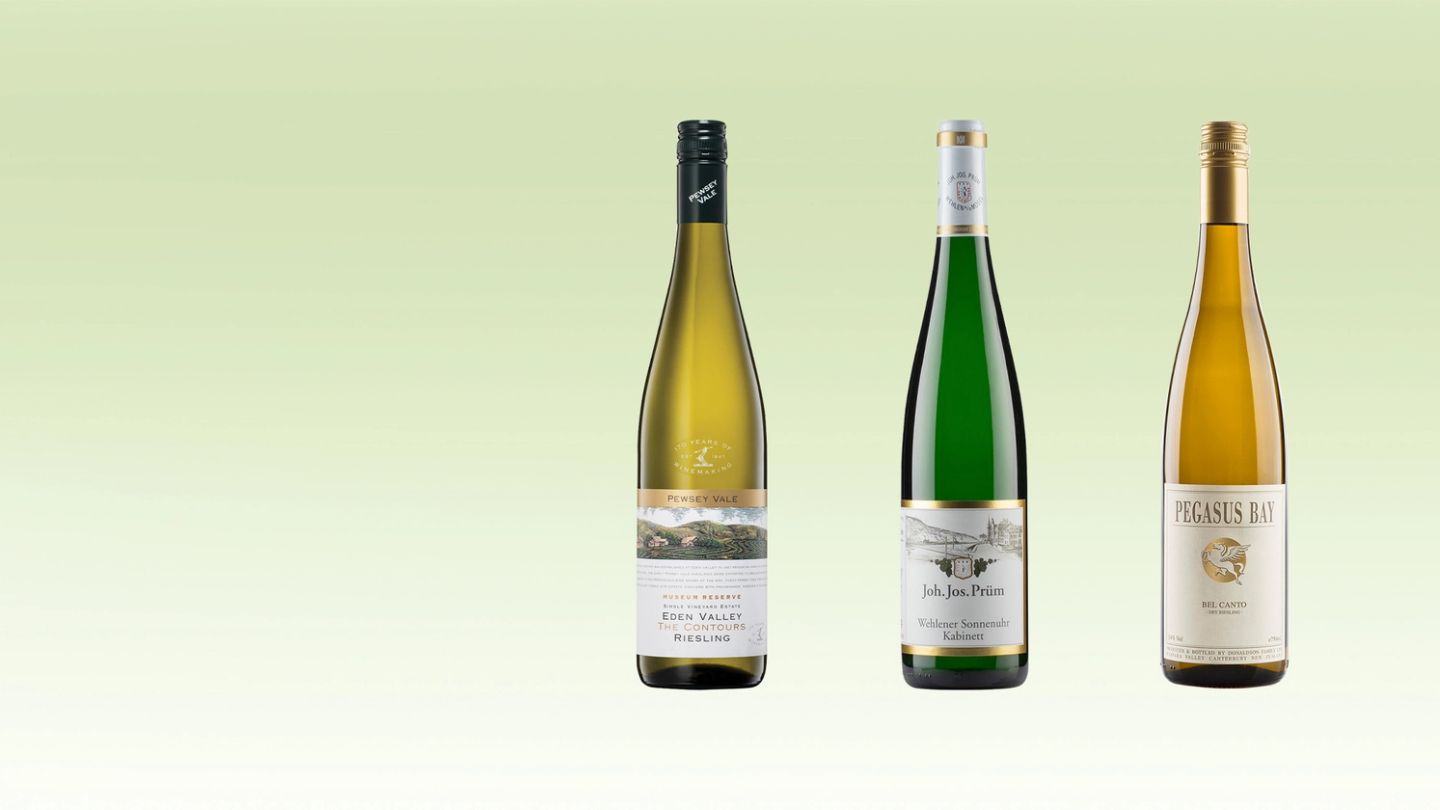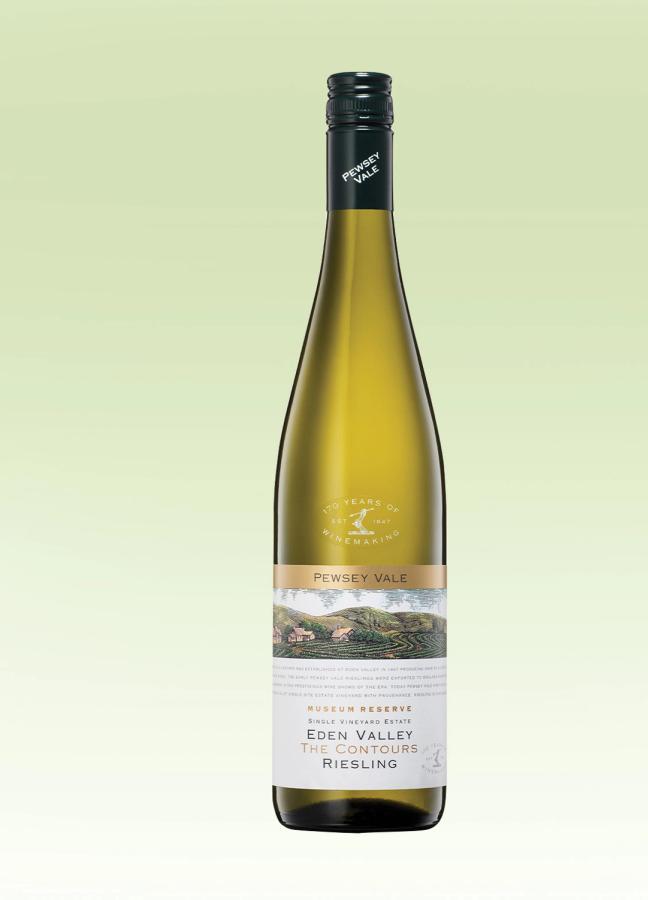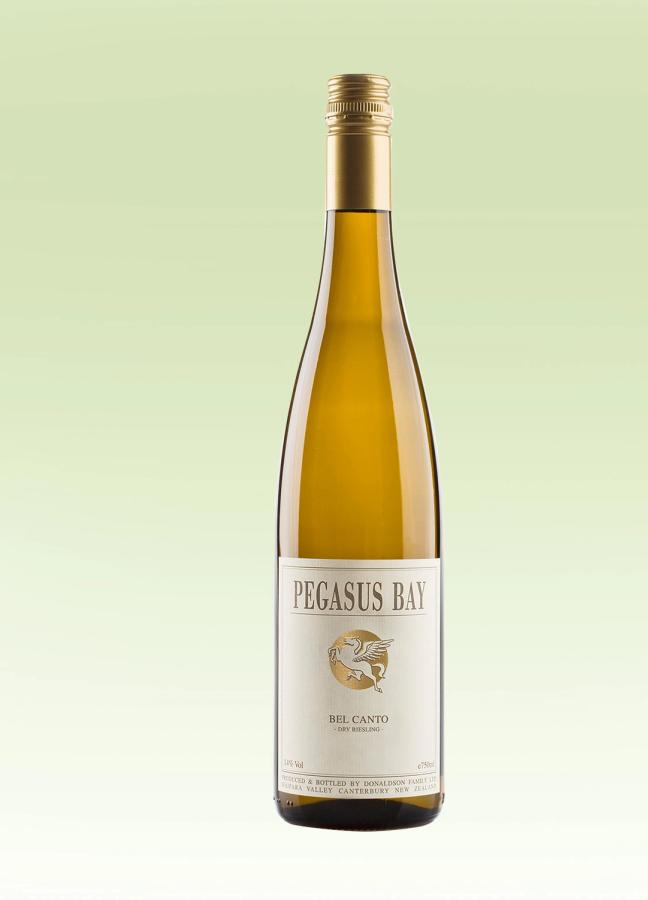

This low-alcohol wine is perfect for January. Here’s why
‘Even when fermented fully, it rarely gets above 12.5 per cent, and the sweeter versions, whose fermentation is halted early to retain sugar, can often be much lower’
Words: Guy Woodward
Every year, more and more of the annual January drinks content revolves around low-and-no offerings. And, we get it – the latest YouGov survey, after all, reveals that 44 per cent of 18-24-year-olds consider themselves either occasional or regular drinkers of alcohol alternatives (up from 31 per cent, in 2022), a notion bolstered by the fact that supermarkets have upped their low-and-no range.
But, at Gentleman’s Journal, we often find it a little hard to refrain from a tipple now and then. Sure, several of the big-name wineries now have a low or no cuvée – but, that’s the whole point. Because, with all due respect to such outfits, do you normally aspire to wines from the likes of Jacob’s Creek, Wolf Blass, McGuigan or Brancott Estate (perfectly serviceable though they are)? So, why consider the part of their range that is almost, by definition, a poor relation?
Concha y Toro, Spier and Torres are arguably the most quality-focused names producing alcohol-stripped wines, but we’ve yet to find one that comes close to replicating the taste of the real thing. And, in any case, this column is in the business of recommending the best wines to drink, not the best fallback options. So, while we’re as health-conscious as the next man, drinking less but better seems a smarter policy than drinking less but worse.
With that in mind, rather than Dry January, may we commend ‘Try January’ – the concept of trying something different for a month, on an experimental basis. And, one variety that lends itself perfectly to such an approach is riesling, a somewhat misunderstood, under-appreciated grape that is rendered in a number of different styles and ripe for experimentation as a result.
Because riesling is an early-ripening grape that does best in cool climates, it is also naturally low in alcohol. Even when fermented fully, it rarely gets above 12.5 per cent, and the sweeter versions, whose fermentation is halted early to retain sugar, can often be much lower. This stylistic diversity is also its weakness, however, since many of us tend to steer clear of a wine whose makeup you're not entirely sure of before you uncork (or, more likely here, unscrew) the bottle. And, nowhere is this more evident than in German renderings, whose often indecipherable labels have even the most committed wine lovers proceeding with caution.

In a nutshell, if you’re after a dry version, look for the word ‘trocken’, and you won’t go far wrong. Thereafter, German rieslings ascend the sweetness scale from kabinett to auslese, spätlese and the ultra-unctuous trockenbeerenauslese. The best dry examples manage to deliver beautifully clean, linear flavours of stony, slatey minerality. Better still, because they’re in no way fashionable, they offer sensational value. Take the racy Wehlener Sonnenuhr Kabinett, from one of Germany’s finest producers, JJ Pruhm. Taut, tight and a mere 8 per cent alcohol, it has just a touch of sweetness and would be the perfect foil for a Thai curry.

The same could be said for Australia’s signature style, which tends to marry riesling’s rapier acidity with notes of petrol or kerosene on the nose and limey, tangy tones on the palate. Clare Valley, home to such legendary names as Jim Barry and Jeffrey Grosset, is the epicentre of the style, but the slightly cooler, higher Eden Valley can offer a touch more freshness. And, you’ll find no more classic example than the Pewsey Vale Contours. Aged in bottle for five years before release, it develops a richness of fruit while maintaining a lightness of body.

Most New Zealand riesling is similarly dry, and there are plenty of quality exponents, among them Saint Clair, Prophet’s Rock and Felton Road. Towards the top of the tree is the family-owned Pegasus Bay, run by four brothers and producing a range of styles. Its Bel Canto is an atypical curio, notable for its richness of both texture and flavour, with notes of orange zest and quince. Perfect, then, for those who are cutting back on dessert in January. Told you we were health-conscious…
Want more drinks content? Explore Portugal's greatest bottles with this new wine club…


